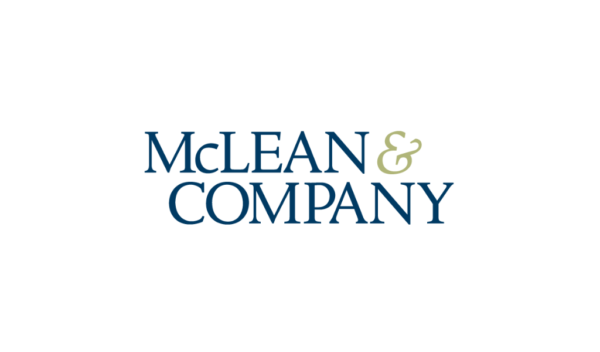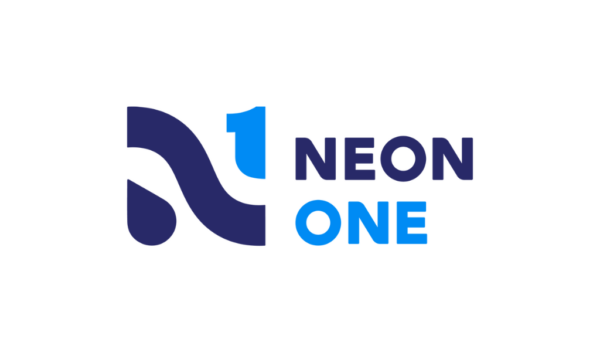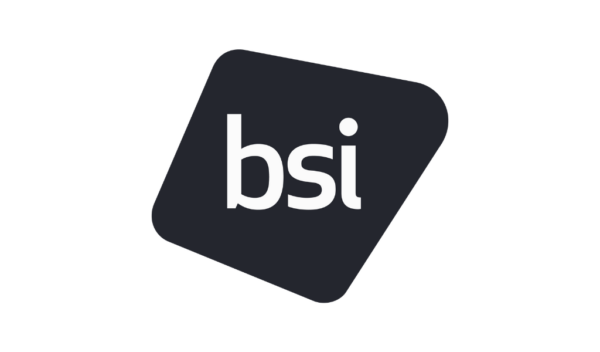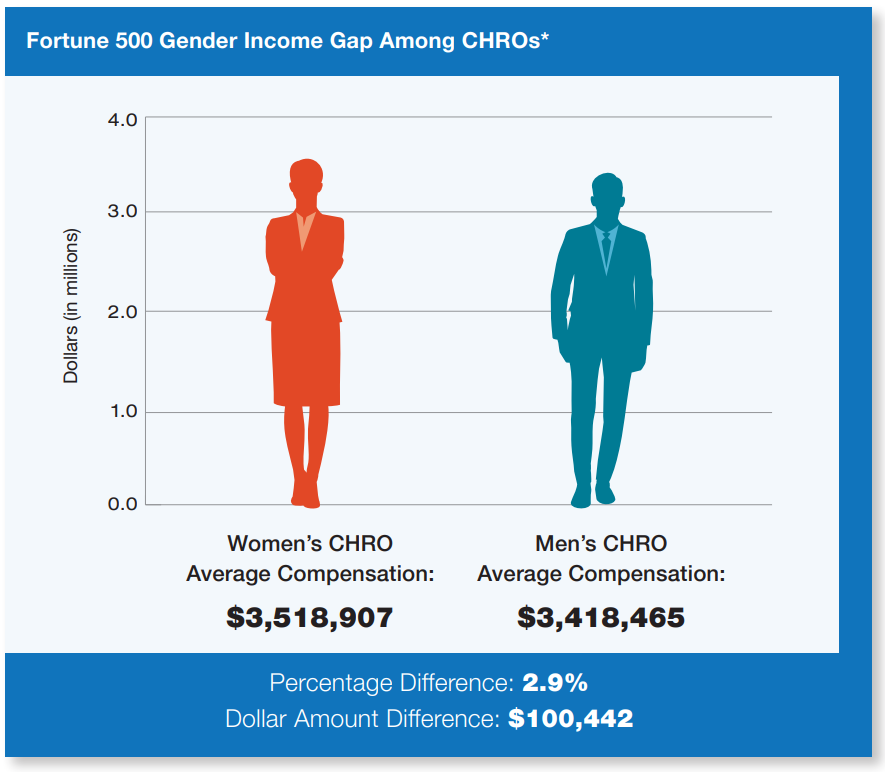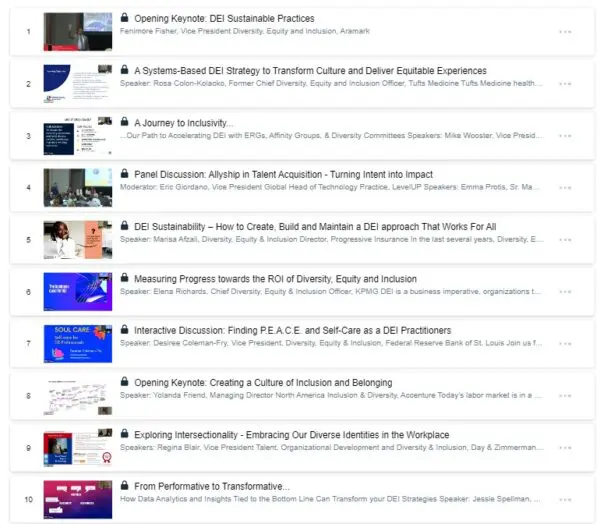By Maggie Mancini
Employee well-being has become a major concern for employers over the last few years, with organizations grappling with how to address burnout, mental health concerns, and disengagement among members of their workforce. And while 63% of workers describe their well-being as “good” or “thriving,” nearly half admit that work stress has an impact on their mental health, according to findings from Wellhub’s State of Work-Life Wellness 2025. At the same time, just 54% of workers consider themselves physically fit, 40% claim their diet is unhealthy, and 71% report getting less than the recommended amount of sleep each night.
This disconnect—between the perceived well-being of the workforce and the reality of employees’ physical and mental health—is a complex issue, with deep roots in America’s societal and workplace cultures, says Lívia Martini, chief people officer at Wellhub.
“This disconnect stems from a combination of factors, including the pressure to project an image of wellness and the ‘always-on’ work culture,” Martini says. “To bridge this gap, HR leaders need to champion a holistic approach to well-being that goes beyond generic programs.”
She explains that HR leaders should work to promote empowerment and flexibility, encouraging employees to take ownership of their workloads and schedules to help them avoid burnout and prioritize their well-being. Additionally, employers should offer tailored wellness initiatives that address individual needs and preferences, leveraging data and technology to enhance effectiveness.
By demonstrating a genuine commitment to employee well-being, modeling healthy behaviors, and creating a safe and supportive environment where employees feel comfortable discussing their mental health concerns, HR can empower employees to prioritize their well-being—leading to a happier and more productive workforce, Martini says.
The report also finds that four out of five workers value their well-being as much as their salary, indicating that well-being is no longer just a perk but a necessity for attracting, retaining, and engaging with employees.
“It’s important for HR leaders to recognize that caring for employees’ well-being is caring for their business because a business can only do as well as its people,” Martini says. “Companies with a dedicated well-being program are pulling ahead in the ever-intensifying fight for talent and seeing greater employee performance as a result of well-being programs improving the health of their employees.”
The report finds that 83% of employees would consider leaving a company that does not focus on well-being. HR leaders should prioritize well-being support, moving beyond superficial perks and turning instead to leadership-driven engagement, Martini says.
Work stress is the most common cause of mental health decline among Gen Z, millennial, and Gen X employees, while baby boomers are most worried about inflation as they prepare for retirement, the report finds. To avoid these concerns trickling down and impacting performance and engagement, Martini says that HR leaders must adopt a tailored, proactive approach grounded in understanding the unique concerns of their workforce.
“Well-being is not a one-size-fits-all approach,” Martini says. “The first step in being able to understand and address the key drivers of work stress among employees is to actively listen and engage with employees. By gathering insight on employee well-being through one-on-one check-ins or regular employee surveys, HR leaders can constantly be in the loop about the main stressors they can help alleviate through workplace wellness initiatives.”
To do this, transparent communication about these insights and solutions is paramount, and can show employees that their concerns are being heard and taken seriously.
Given that the demand for well-being support at work is growing with each passing generation, HR leaders can leverage these strategies to build a comprehensive well-being program that addresses the needs of the multigenerational workforce.
- Balance inclusivity with personalization. “Each generation has unique priorities, whether it’s physical health, mental resilience, or financial stability, and a successful program must reflect this diversity while uniting employees under a shared vision of well-being,” Martini says.
- Understand that flexibility is essential. To meet the diverse needs of the multigenerational workforce, offering a range of resources like on-demand counseling, fitness programs, and personalized wellness plans allows employees to choose what works best for them, she says.
- Integrate well-being into workplace culture. If an organization wants to support employee well-being, leaders must also actively promote and model healthy behaviors to reinforce their importance, Martini says.
- Leverage technology to enhance accessibility. Personalized wellness packages can boost accessibility and engagement with well-being support at work, allowing employees to utilize one platform that provides them easy access to wellness offerings that meet their needs and preferences, she says.
According to Wellhub’s 2024 Year in Review Trends Report, which uncovers insights based on 500 million cumulative check-ins from three million employees globally, employees value a hybrid approach to wellness, with those who use both digital and in-person wellness options having a higher engagement rate.
“HR leaders really need to hone in on those flexible wellness initiatives so that well-being can be accessible and available to everyone, no matter what their needs are,” Martini says. “Having flexibility is an expectation now, not just a trend, and as RTO policies are becoming more and more commonplace, digital wellness options are so important for employees to be able to prioritize and fit wellness into their busy schedules.”
When company leaders champion well-being, uncover barriers to holistic well-being through data, and use tailored strategies to support their teams’ unique needs, company culture will shift to allow employees to feel valued and supported, leading to greater business success, Martini says.






